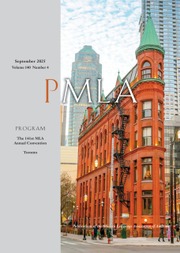Crossref Citations
This article has been cited by the following publications. This list is generated based on data provided by Crossref.
Roggeband, Conny
Rawłuszko, Marta
Meier, Petra
Díaz Fernández, Silvia
Lombardo, Emanuela
and
Caravantes, Paloma
2025.
Anti-gender politics and European democracies' legacies of exclusion and violence.
Women's Studies International Forum,
Vol. 112,
Issue. ,
p.
103151.
Sardelić, Julija
2025.
Shifting Racialised Borders and the Right to Exit Within Europe.
International Migration,
Vol. 63,
Issue. 6,


